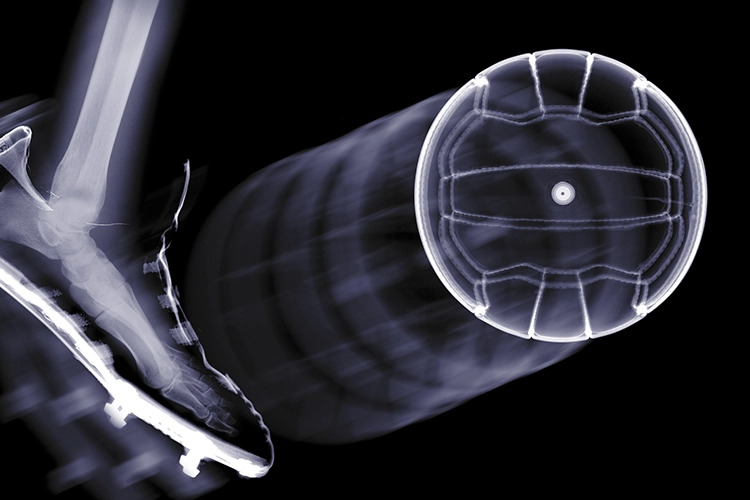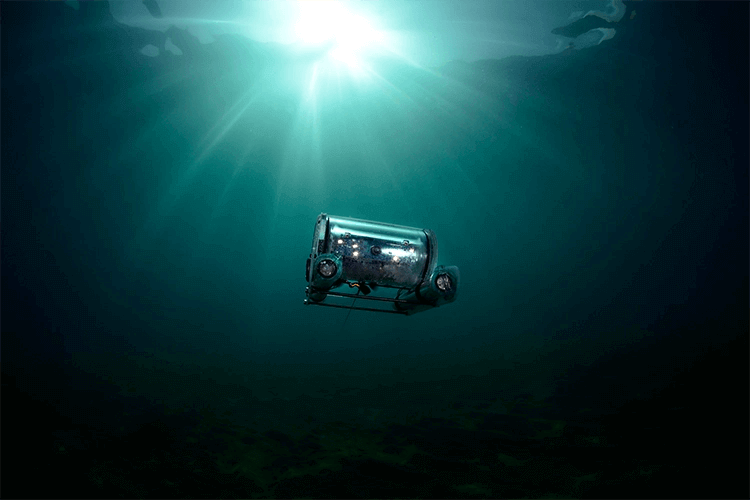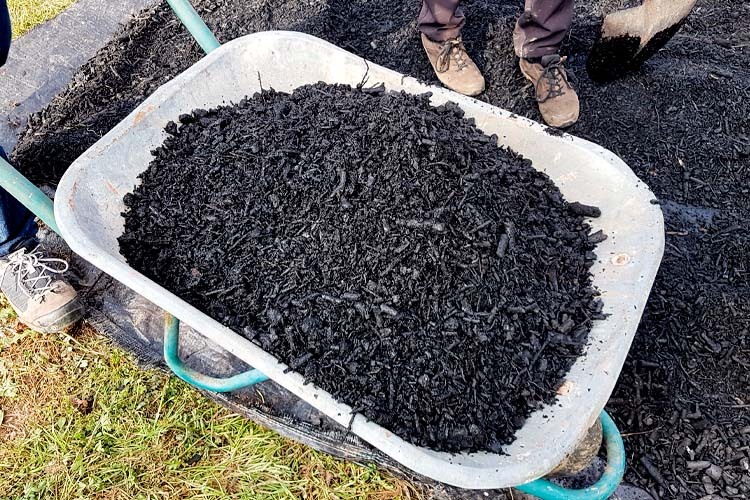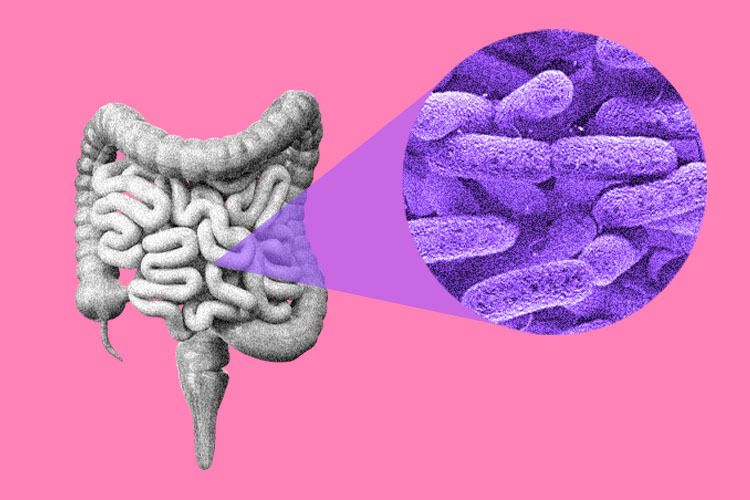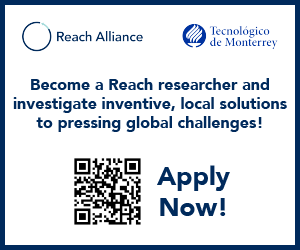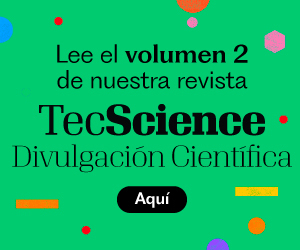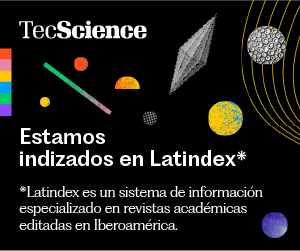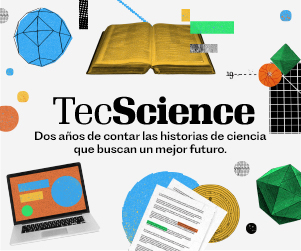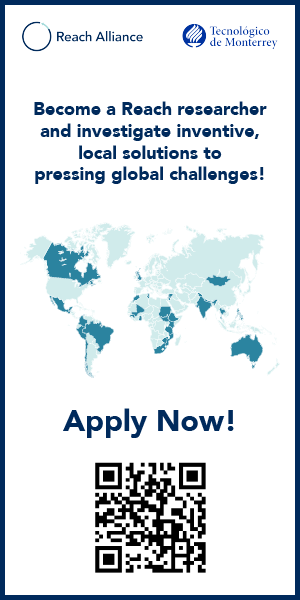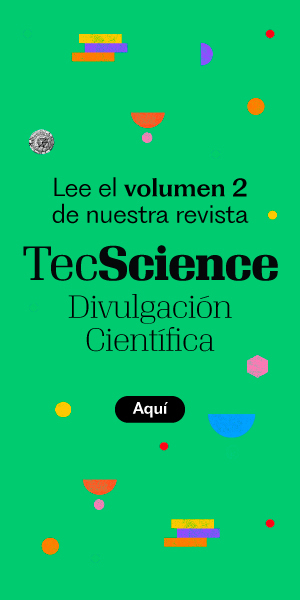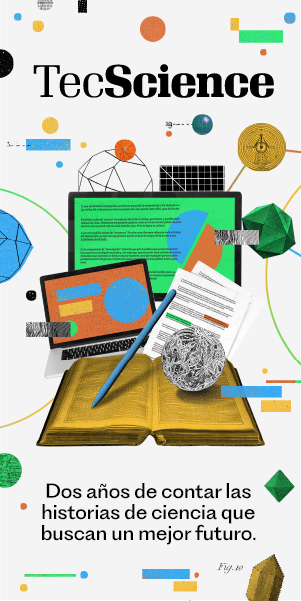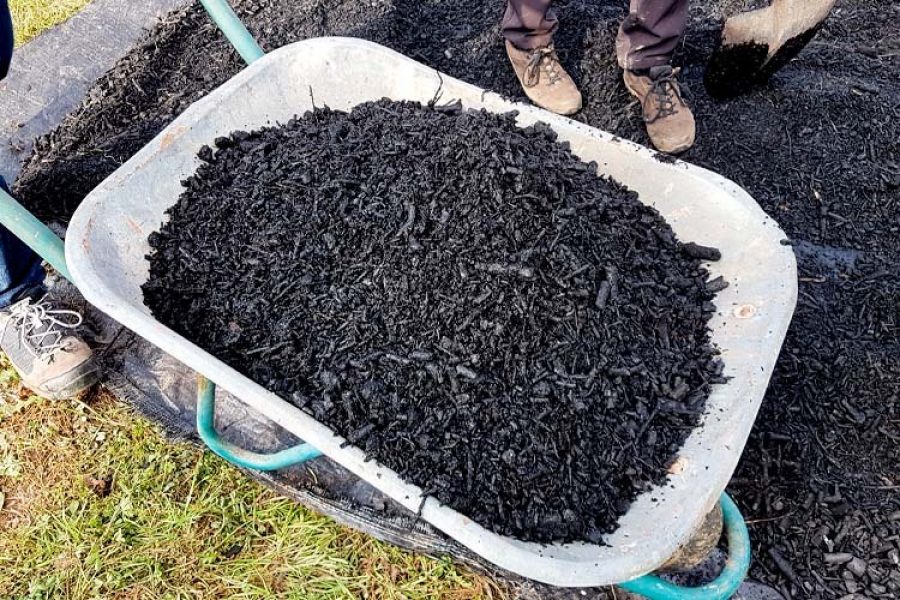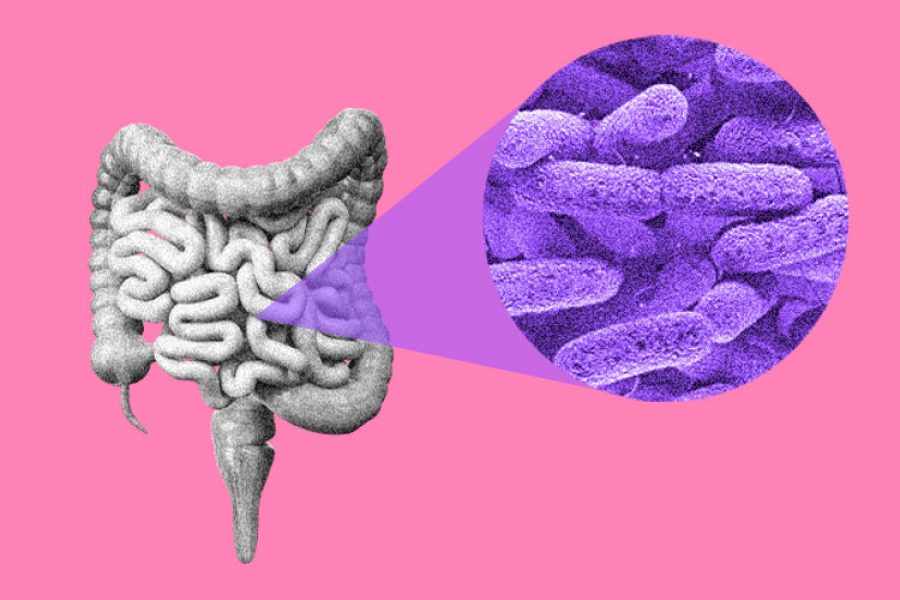By Diego Díaz-Vázquez and Misael Sebastián Gradilla Hernández
Water scarcity in urban areas is not a new phenomenon. It is estimated that more than 933 million people worldwide face difficulties accessing drinking water, many of whom live in expanding cities where traditional distribution systems fail to meet the growing demand [1].
Guadalajara is no exception. The city’s population growth and water infrastructure limitations have led to a crisis in several metropolitan areas where families experience limited or intermittent access to water [2].
In these areas, economic constraints also limit the possibility of implementing conventional solutions, leaving communities vulnerable to disease and precarious living conditions.
A Solution from the Sky
Rainwater harvesting offers an effective alternative to mitigate water scarcity. This system involves collecting rainwater from rooftops and storing it for domestic use.
The “Nidos de Lluvia” (Rain Nests) rainwater harvesting program, developed by the Institute for Planning and Development Management of the Guadalajara Metropolitan Area (IMEPLAN) in collaboration with researchers from Tecnológico de Monterrey, Guadalajara campus, is an initiative designed to address water shortages in vulnerable areas.
Through an approach that combines data science, territorial planning, and community participation, this study demonstrates how rain-catching systems can be key to improving the quality of life in urban areas most affected by water scarcity.
Research conducted in the Guadalajara Metropolitan Area shows that implementing rainwater collection systems in vulnerable households can help meet drinking water demand while providing additional benefits such as flood control and reducing diseases related to water stress [1].

Science-Based Decision-Making
One of the study’s most significant contributions is the development of a multi-criteria prioritization methodology that identifies the areas most vulnerable to water scarcity. This approach ensures that social programs are implemented where they are most needed and can be replicated in other regions.
Using raster principal component analysis (rPCA) and geographic information systems (GIS), researchers analyzed territorial, hydrological, and socio-demographic parameters, such as elevation, water distribution network pressure, water demand, and the marginalization index of the study area.
This data was used to create vulnerability maps that helped prioritize installing rainwater catchers in areas where their impact would be greatest.
For instance, it was found that in high-altitude areas, such as parts of Zapopan, water network failures are more common due to low system pressure, making them a priority for intervention.
In contrast, the existing infrastructure in more central areas of Guadalajara allows for better resource management. As a result, these areas were given lower priority in the program’s first phase and will be addressed in subsequent phases.
Measurable Results
Families benefiting from rainwater catchment setups in 4,550 households across priority areas of the Guadalajara Metropolitan Area have already seen significant results.
Users saw a 14.2% decrease in water scarcity-related illnesses, such as gastrointestinal infections, and a 44% reduction in time collecting and securing water compared to families without this technology.
Additionally, the installed systems exceed 163,000 cubic meters, the estimated annual water capture capacity—equivalent to approximately 48 Olympic-sized swimming pools. This represents considerable savings on water costs for families and reduces pressure on local water resources.
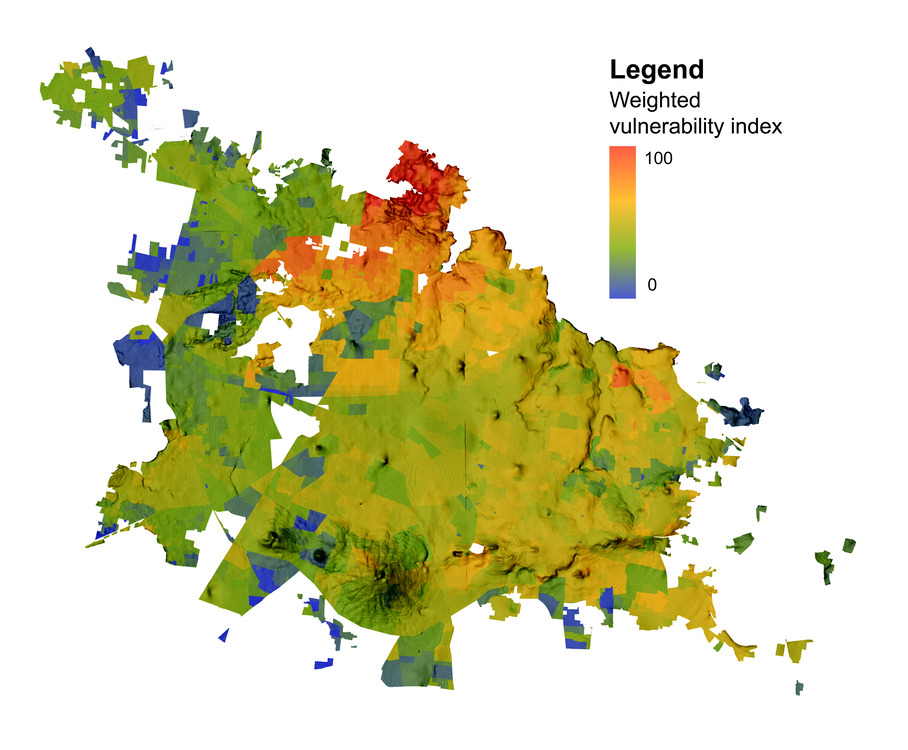
Water for the Future
The study in Guadalajara demonstrates that sustainable solutions tailored to local realities can be a powerful tool in combating urban water scarcity.
This program has improved water access in the most vulnerable areas, and also provides a replicable model for other cities facing similar challenges.
Collaboration between academia and government enabled the development of a solid, science-based program focused on the real challenges we face as a society.
Note: The development and execution of the “Nidos de Lluvia” program were carried out with the contribution of Martha Patricia Martínez-Barba, María Guadalupe Macías-Calleja, Jacob Reynoso-Delgadillo, Nadia Alejandra Gómez-Ayo, and Tonantzin Camacho-Sandoval, officials from the Institute for Planning and Development Management of the Guadalajara Metropolitan Area (IMEPLAN) and the Comprehensive Territorial Management Coordination of the State of Jalisco.
References
[1] C. He, Z. Liu, J. Wu, X. Pan, Z. Fang, J. Li, B.A. Bryan, Future global urban water scarcity and potential solutions, Nat. Commun. 12 (2021) 4667.
[2] J.A. Gleason, C. Casiano Flores, Challenges of Water Sensitive Cities in Mexico: The Case of the Metropolitan Area of Guadalajara, Water 13 (2021) 601.
[3] D. Díaz-Vázquez, T. Camacho-Sandoval, J. Reynoso-Delgadillo, N.A. Gómez-Ayo, M.G. Macías-Calleja, M.P. Martínez-Barba, M.S. Gradilla-Hernandez, Characterization and multicriteria prioritization of water scarcity in sensitive urban areas for the implementation of a rain harvesting program: A case study for water-scarcity mitigation, Urban Clim. 51 (2023) 101670.
Authors
Diego Díaz-Vázquez. Engineer and Master in Biotechnology, and a Ph.D. candidate in Biotechnology. He has dedicated his career to modeling and analyzing scenarios to improve environmental management practices. His research focuses on biotechnological valorization of organic material flows, using geographic information systems, and evaluating waste and water management projects. In 2022, he received the “Rómulo Garza Award for Research and Innovation” and the “Jalisco Innovation, Science, and Technology Award” for his master’s thesis on circular bioeconomy.
Misael Sebastián Gradilla Hernández. Professor and researcher at Tecnológico de Monterrey, leading the Sustainability and Climate Change research division. He served as Director General of Environmental Protection in Jalisco (2018-2021). He holds a degree in Environmental Engineering (ITESO), a Master’s in Environmental Engineering, and two doctorates: one in Biotechnological Innovation (CIATEJ) and another in Environmental Management and Sustainability (University of Guadalajara). His expertise includes monitoring water bodies and biotechnological strategies for wastewater and waste treatment, such as anaerobic digestion and microalgae use.

